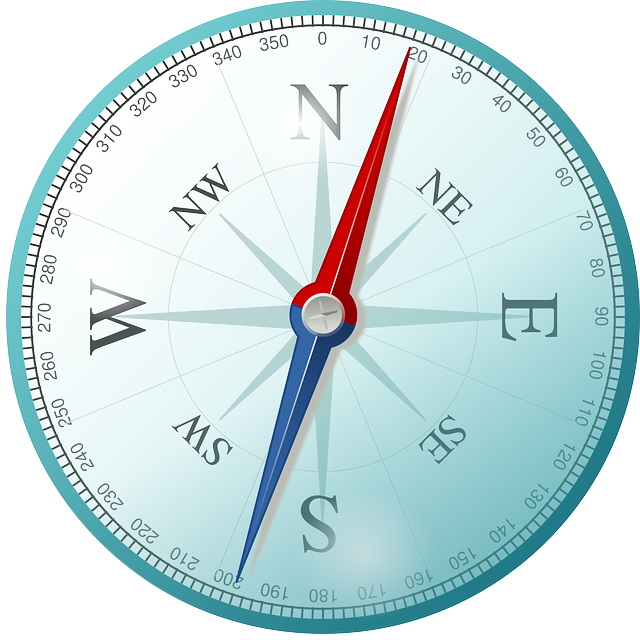In the realm of geographic exploration and analysis, few technological innovations have had the impact of remote sensing. This cutting-edge methodology, powered by satellites and sensors, enables us to glean information from afar, transforming the way we perceive and interact with our world. While the conventional applications of remote sensing are widely known, it’s remarkable to uncover the lesser-known and surprising domains where this technology has found a profound footing.
1. Urban Planning and Development
In the intricate choreography of urban planning and development, the role of remote sensing is a mesmerizing dance of data and insights. Urban landscapes, characterized by their complexity and rapid evolution, demand a dynamic approach to planning. Remote sensing provides a bird’s-eye view of existing infrastructure, land use patterns, and potential development areas. With the visual canvas of aerial images and the depth of topographical information, city planners wield the power of informed decision-making. By analyzing spatial data, they can optimize land use, ensure efficient infrastructure placement, and design sustainable urban expansion.
2. Agriculture and Crop Monitoring
The symphony of agriculture finds an unexpected conductor in the realm of remote sensing. Farmers, the stewards of our sustenance, have embraced this technology to orchestrate their efforts with unprecedented precision. From above, satellites capture the intricate nuances of crop health, soil moisture, and growth patterns. Multispectral imagery, akin to the finest musical notes, detects stress factors before they crescendo into a catastrophe. Armed with this data, farmers can intervene precisely, optimizing irrigation, fine-tuning fertilization, and maximizing yield. This synergy between technology and agriculture not only minimizes resource wastage but also contributes to feeding a growing global population.

3. Environmental Monitoring and Conservation
The delicate balance of our ecosystems demands vigilance and understanding. Remote sensing emerges as a vigilant guardian, capturing the nuanced rhythm of environmental changes. From tracking deforestation’s relentless beat to monitoring the pulse of water quality in lakes, this technology equips conservationists with a palette of data-driven strokes. Armed with these insights, we can chart the course of effective conservation strategies, preserving biodiversity, and safeguarding the fragile harmonies of our planet’s ecosystems.
4. Disaster Management and Response
Amid the chaos of disaster, remote sensing emerges as a beacon of order and hope. When nature’s fury strikes in the form of hurricanes, earthquakes, or wildfires, the data from satellites transforms into a lifeline. Real-time imagery provides a comprehensive view of the disaster’s impact, enabling authorities to assess damage, plan response strategies, and allocate resources efficiently. The synergy between technology and human effort saves lives and minimizes destruction, showcasing the profound impact of remote sensing in disaster management.
5. Geologic and Archaeological Surveys
The whisper of history and the rumble of the earth find a common ally in remote sensing. Beneath our feet lie layers of stories, waiting to be unveiled. Archaeologists and geologists utilize satellite imagery and LiDAR data as their metaphoric brushes, revealing the hidden artwork of ancient civilizations and geological formations. With this technology, we can peel back the layers of time, uncovering lost cities, untold tales, and the geological poetry etched into the Earth’s canvas.
6. Transportation and Infrastructure Management
The veins of modern civilization—the transportation networks—pulse with the rhythm of remote sensing. From the sprawling highways to intricate urban transit systems, the pulse of efficiency relies on real-time data. Remote sensing facilitates the monitoring of road conditions, traffic patterns, and infrastructure health. In this age of constant motion, the technology ensures smooth traffic flow, timely maintenance, and the seamless movement of people and goods.
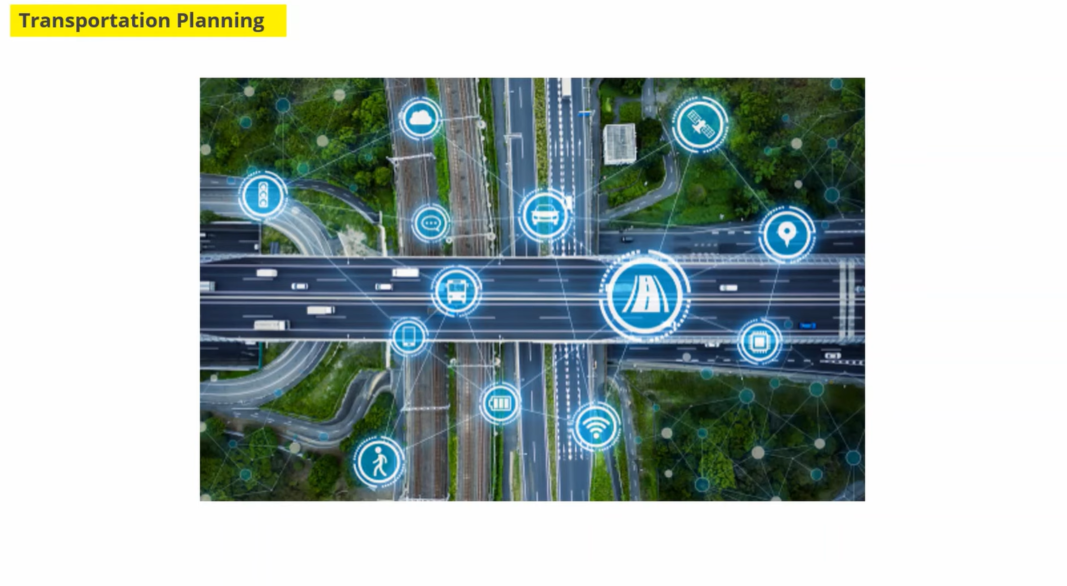
7. Climate Change Analysis
The grand narrative of climate change unfolds in vivid detail through the lens of remote sensing. Satellite data provides a sweeping vista of the Earth’s changing climate, capturing temperature shifts, ice melt dynamics, and rising sea levels. The data gathered contributes to our understanding of climate change’s profound impact, empowering scientists and policymakers to formulate strategies that mitigate its effects and secure a sustainable future.
8. Natural Resource Exploration
Beneath the Earth’s surface lies a treasure trove of resources, waiting to be unearthed responsibly. Remote sensing dons the mantle of exploration, utilizing spectral analysis to uncover the presence of minerals, oil, and gas. Geologists, armed with this data, embark on a journey to uncover nature’s hidden riches while minimizing the ecological footprint of their endeavors.
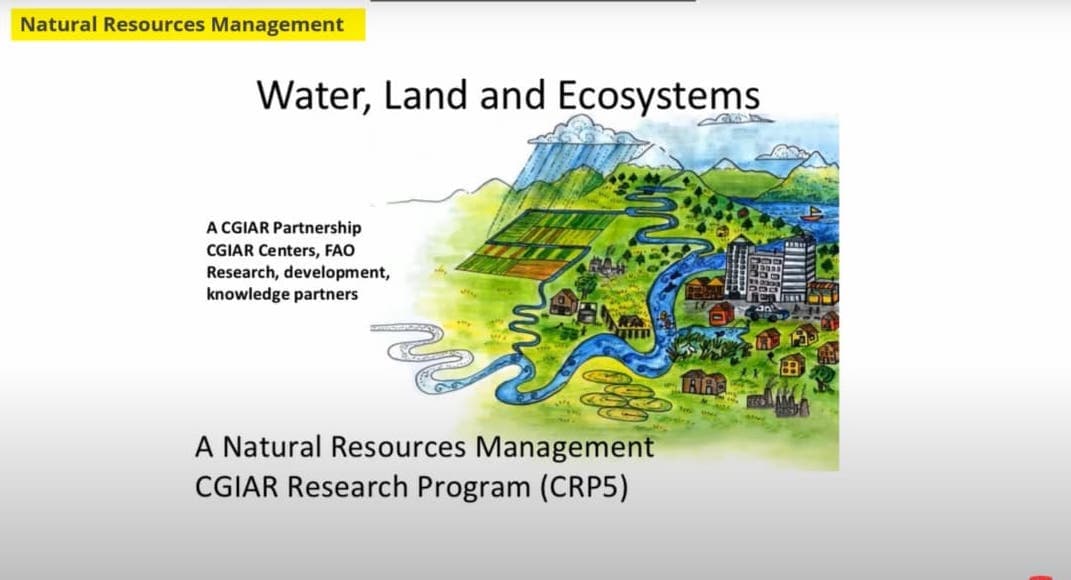
9. Oceanography and Marine Studies
As Earth’s largest and most mysterious realm, the oceans hold secrets that remote sensing is uniquely poised to unveil. Satellites, orbiting above, capture the dance of sea surface temperatures, the rhythm of ocean currents, and the intricate ecosystems of marine life. Oceanographers wield this data to navigate the complexity of our oceans, unraveling mysteries that contribute to a deeper understanding of our planet’s blue heart.
10. Land Cover and Land Use Analysis
The patchwork quilt of landscapes that adorn our planet is intricately woven with the thread of remote sensing. Satellite images, akin to an artist’s palette, provide a vivid portrayal of land cover patterns. This data serves as a cornerstone for understanding urban expansion, deforestation, agricultural shifts, and the dynamic transformations that shape our world’s geography over time.
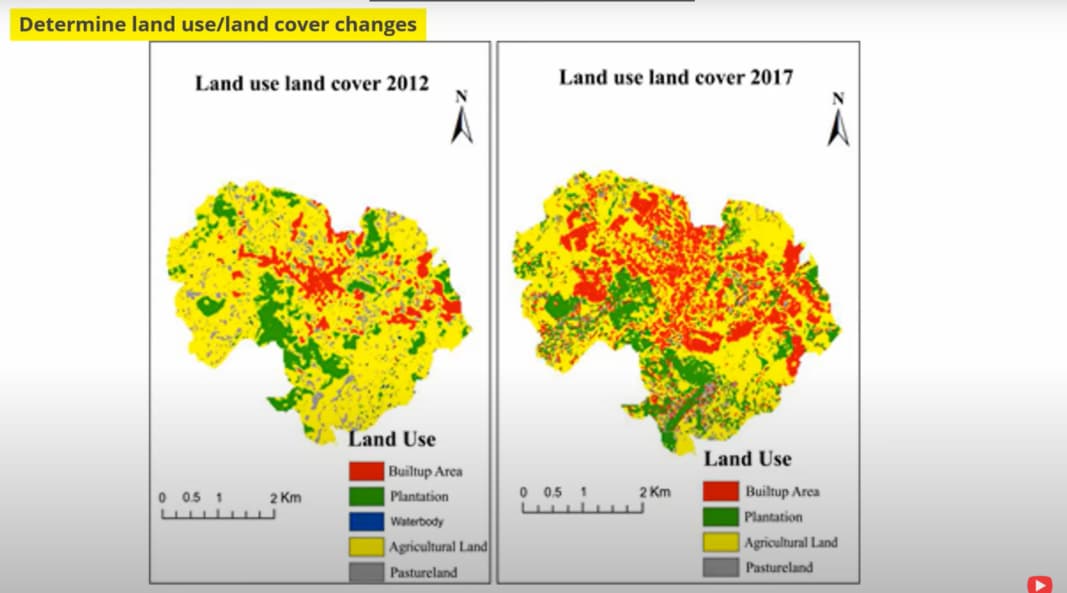
11. Atmospheric Research
The tapestry of our atmosphere, woven from the threads of gases and particles, is an intricate study in motion. Remote sensing instruments aboard satellites capture atmospheric data that illuminates phenomena like cloud formations, air quality variations, and greenhouse gas concentrations. This rich tapestry of information empowers scientists to decipher the nuances of our atmosphere’s behavior and contribute to climate research.
12. Biodiversity Monitoring
Life on Earth is a symphony of biodiversity, and remote sensing serves as the conductor’s baton. Satellites provide a panoramic view of ecosystems and habitats, allowing researchers to track changes in species distribution, habitat degradation, and deforestation. Armed with this information, conservationists orchestrate efforts to protect endangered species and preserve the delicate harmony of life on our planet.
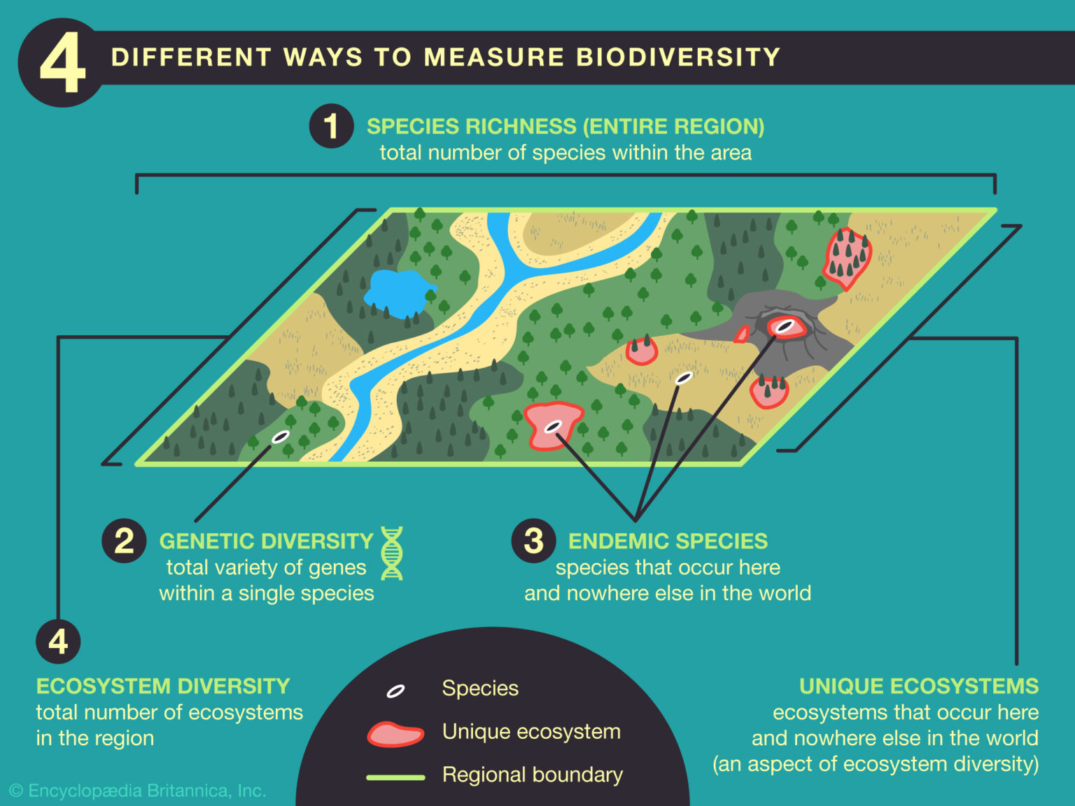
13. Humanitarian Aid
When the shadows of adversity loom large, remote sensing emerges as a guiding light for humanitarian aid. During crises, be it natural disasters or conflicts, the technology aids organizations in assessing damage, locating displaced populations, and optimizing resource allocation. This real-time data infusion enables swift and effective response, channeling aid where it is needed most.
14. Coastal Zone Management
The shifting boundaries between land and sea demand constant vigilance and adaptation. Remote sensing lends its vantage point to monitor coastlines, track erosion rates, and plan coastal infrastructure development. This technology empowers sustainable coastal zone management, a dance between human progress and nature’s formidable forces.
15. Cultural Heritage Preservation
The echoes of bygone eras resonate through remote sensing’s role in cultural heritage preservation. From the depths of history, archaeologists and conservators use satellite data to map and protect historical sites and monuments. This technology ensures that our cultural legacy endures, carrying forward the stories of civilizations past to enrich the tapestry of our present and future.
Conclusion
The applications of remote sensing in geography extend far beyond our imagination. From disaster management to cultural heritage preservation, this technology has revolutionized how we interact with and understand our world. Its versatility continues to inspire innovative solutions to complex challenges.
